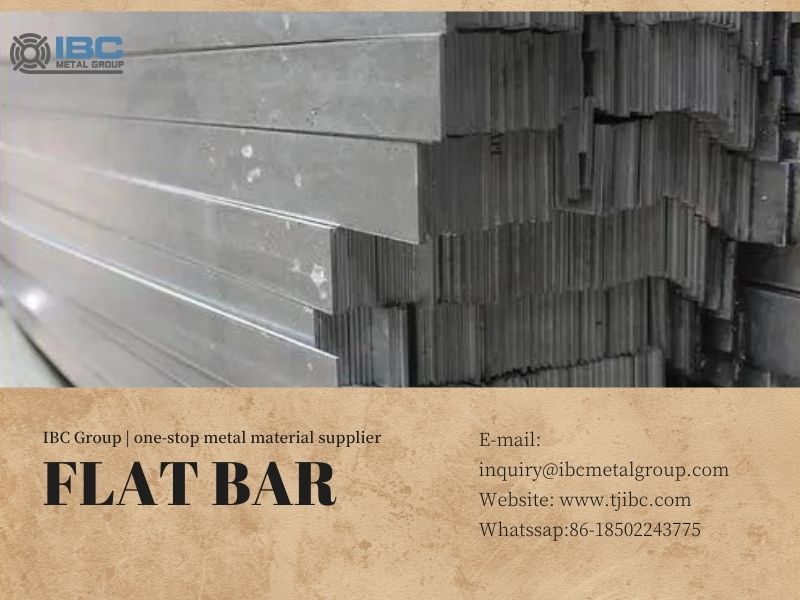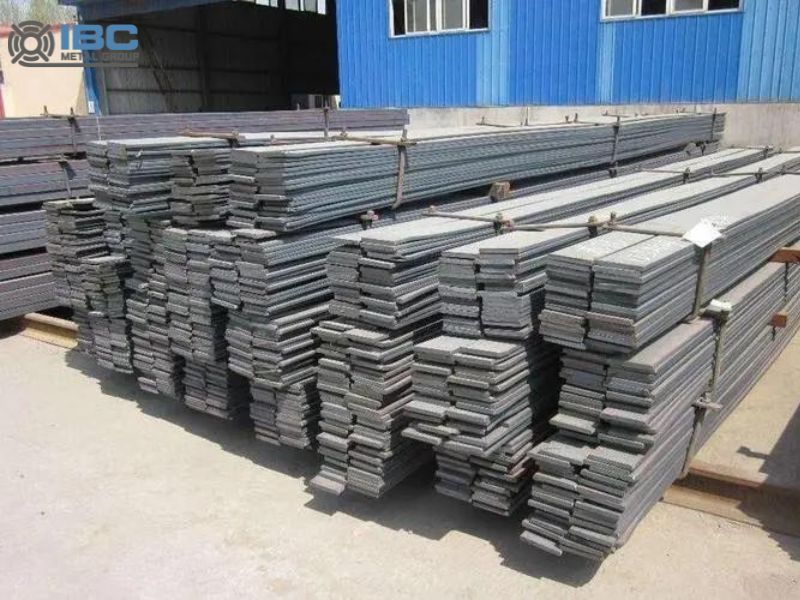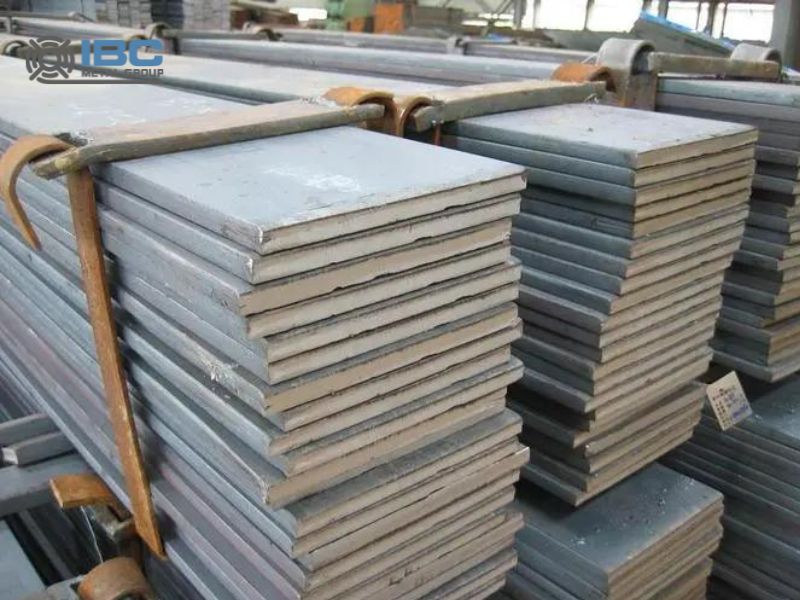Flat bar is a long strip of steel with a rectangular cross-section, commonly used in the manufacture of steel structures, Bridges, mechanical parts, etc. Its main characteristics are large width to thickness ratio, high carrying capacity and good shaping.
According to its manufacturing process, it is divided into hot-rolled steel and cold-drawn steel. The former is rolled by rolling mill at high temperature and has large dimensional tolerances and surface roughness. The latter is stretched at room temperature by a drawing machine, with higher dimensional accuracy and surface quality.

Production Process and Quality Inspection
1. The production process of flat bar usually includes raw material preparation, heating, rolling, cutting, straightening and cooling steps. In the rolling process, the factory should adjust the rolling pressure, rolling speed and temperature of the mill according to different product requirements. Cutting and straightening is to ensure that the length and straightness of the flat steel meet the requirements.
2. Quality inspection: Its quality inspection includes chemical composition analysis, mechanical properties testing, size measurement and surface quality inspection. Chemical composition analysis can understand the material and alloying element content of this steel. The mechanical properties test mainly tests the tensile strength, yield strength, elongation and other indicators of this kind of steel.

Common Problems and Solutions
1. Flat bar may be bent, cracked, rust and other problems. Factors such as improper processes in the production process, injuries during transportation and storage, and harsh use environments can all lead to these problems. To solve these problems, corresponding solutions can be taken. For example, for bent steel, it can be straightened by a straightener; Cracks and rust can be repaired and protected by welding, polishing and applying anti-rust paint.
2. Safe operation: In the process of processing, installation and use of flat steel, it is necessary to comply with the relevant safe operation procedures and standards. Operators should wear personal protective equipment such as protective glasses and gloves to avoid injury. Working in dangerous environments such as high temperature and high pressure, the factory must take special safety measures and emergency plans.

Applications of Flat Bar
1. Construction field: It is a reinforcement material for walls, eaves, roofing, doors and Windows and other components, which can enhance the stability and bearing capacity of the structure. At the same time, it can also build large steel structures, such as support structures for high-rise buildings, Bridges and large stadiums. In these applications, its high strength, compressive resistance and wear resistance make it an ideal building material.
2. Mechanical manufacturing field: manufacturing various machine parts, such as cutting machine tools, drilling and milling machines and bending machines. In addition, it manufactures and repairs a wide range of light and heavy vehicles.
3. Transportation field: Manufacturing trucks, railway vehicles and other large transport parts, such as bridge panels, beams and columns.
4. Agricultural machinery field: Manufacturing various agricultural machinery parts, such as plowshares, ploughshares, traction frames, etc.

Contact with us today!



